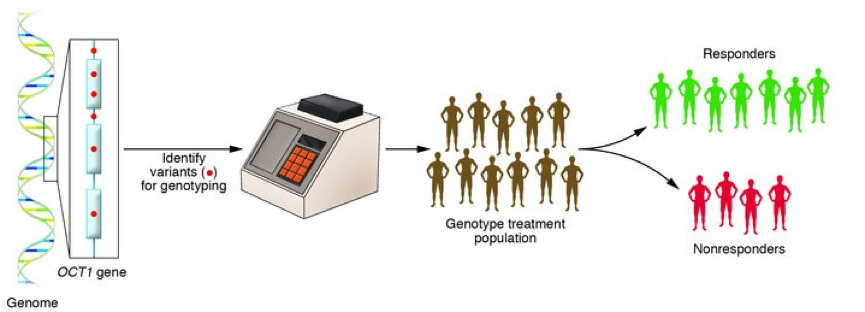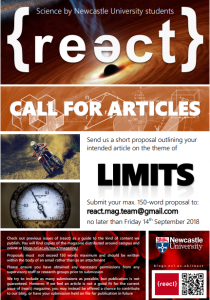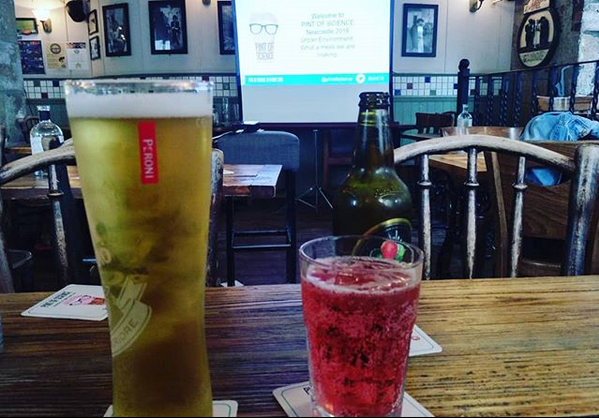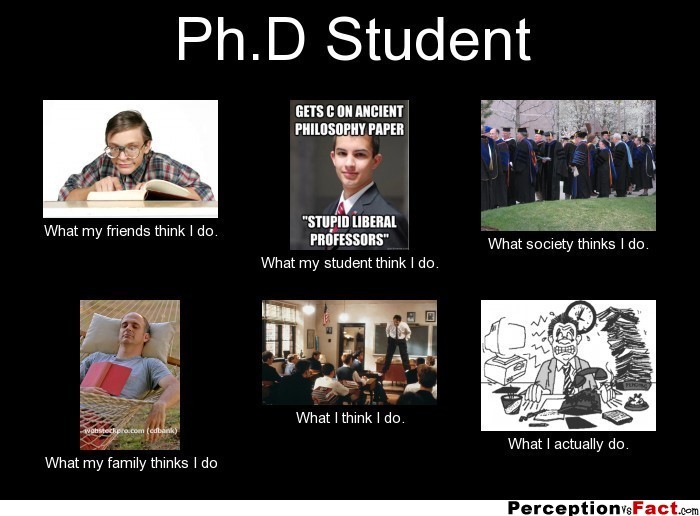By Emma Kampouraki
Exam and writing-up periods are the worst, we all admit that. Especially when the weather starts making our days brighter and our mood better. So many interesting and pleasant things to do, so little time… What shall we do with the unpleasant ones, though? Follow me to explore 8 ways to make the most out of your time of study.
1. Prepare your notes early
I’ve always found myself panicked when starting studying for an exam. I was that student who would keep a notebook for one module and it would end up having notes for multiple modules (or even recipes). So, it used to take me 2 days to sort out what’s relevant and what’s not.
This is not a good example, so don’t follow my rule! If you are like me, tackle the issue early, always carry some blank notebooks or sheets with you, or start early! Before the end of the term, start working on your notes, numbering them according to the lectures, slides and further reading material available. It will save loads of time and won’t add fatigue to your shoulders during revision.
If you spend your last term writing up, then it’s worth starting preparing your introduction early by making notes on papers you’ve read or creating an online library using EndNote. Your methods will also be in your lab book quite early, so make sure you transfer them to your word document. It’s all about making a start really!

Source: http://www.boro.gr/
2. Make a realistic schedule
Start by setting the basic parameters of your revision, described by the following questions: “what module I am studying for each day?” and possibly (if you can) “what amount of the curriculum will I have finished each 3-4 of days?”. If you organise it strictly by day, something will go wrong and you’ll be depressed from the first week of revision.
Same with your dissertation; start early and set deadlines for your introduction. You’ll soon realise you needed more allocated time for this part and maybe less than what you had expected for methods and results. Plan realistically and leave some margin for procrastination and bad mood.

Source: https://www.pexels.com
3. Follow the schedule and reward yourself
At the end of each day, whether it’s early or late, go back to your precious schedule and compare where you should be and where you are. If you’re close enough, you might consider continuing for another half an hour to reach your target. Otherwise, you might give up.
In any case, remember to buy some treats for yourself for each target you reach. Hopefully, it will increase your motivation! Oh and… ask your flatmate or friend to keep them, it’s always a better idea!
4. Change the environment
Sitting on the same chair, looking at the same view and studying at the same place for a month won’t offer you something important you need during this period of time: visual memory.
I have always combined spaces with information. Something I did, the way I was sitting, the person or the wall in front of me were different while I was studying about this rare genetic syndrome. That’s how I now remember it’s symptoms. Don’t you believe me? Well, try it! Replace your desk at home, with the library, then a quiet cluster and then a different library. You’ll see it happening automatically, especially for information you don’t really care about.

Source: https://www.pexels.com
5. Keep the 10-minute break precise
One of the biggest rules of exams is a ten-minute break for every hour of study. This has been predicted from the average time our concentration lasts. Therefore, even if you don’t organise this break, you’ll have it in the form of not paying attention to what you study.
Keep your break short enough so that you don’t get totally out of the flow. Also, make sure it’s a proper relaxing break, so avoid stimulating activities such as playing video games.
Stay away from social media, as well. It can take hours to find the courage to close the “window”/app.

Source: https://quotesgram.com
6. Prepare your biological clock
Different students choose different times of the day to study. I was one of those students who would start in the morning and would finish in the evening. Night was not my best as I always felt sleepy. It was important that I organise my lunch and dinner at reasonable hours to keep my brain up and running. I would wake up early and go to bed quite early.
If your daily routine differs, you would have to consider keeping it stable for the whole revision or writing-up period, as any changes would disturb your brain function and would take days for your body to adapt. For this reason, make sure you keep in mind your biological clock, without leaving behind your examination hours. Imagine staying up the whole night and struggling to wake up at 9am for your exam at 10am. NOT pleasant at all and probably impossible!

Source: https://www.cartoonstock.com
7. Fruits and chocolate vs salty snacks
Leave your favourite crisps in the cupboard and avoid hamburgers from McDonalds. Choose healthier options for your breaks. Fruits will help your body stay hydrated, without overloading your stomach and making you feel hungry all the time. A significant quantity, combined with yogurt, cereals and/ or chocolate will feel in the gap much better. Vitamins and minerals will help you stay focused, taking good care of yourself will increase your confidence and chocolate will definitely provide enough glucose for our brain.
8. Repeat before sleep
This only applies to ‘revisioners’. A final tip I always follow is: keep a note of the most difficult things, the ones you’ve failed to remember the whole day, then give it a read just before you turn off your lights (and brain) in bed. While asleep, you will subconsciously repeat it, you might even dream of it and in the morning it will be somewhere in your mind when you need it.
These might sound too much or impossible to implement. They are not! Certainly, there are few of them you definitely follow already. Your experience will show you the best way to study and that will be according to your results. So, think about these small details that make great changes and adapt them to your own study needs. Good luck with this and your exams and try the best for yourself.









 I guess the picture above says it all.
I guess the picture above says it all. 
